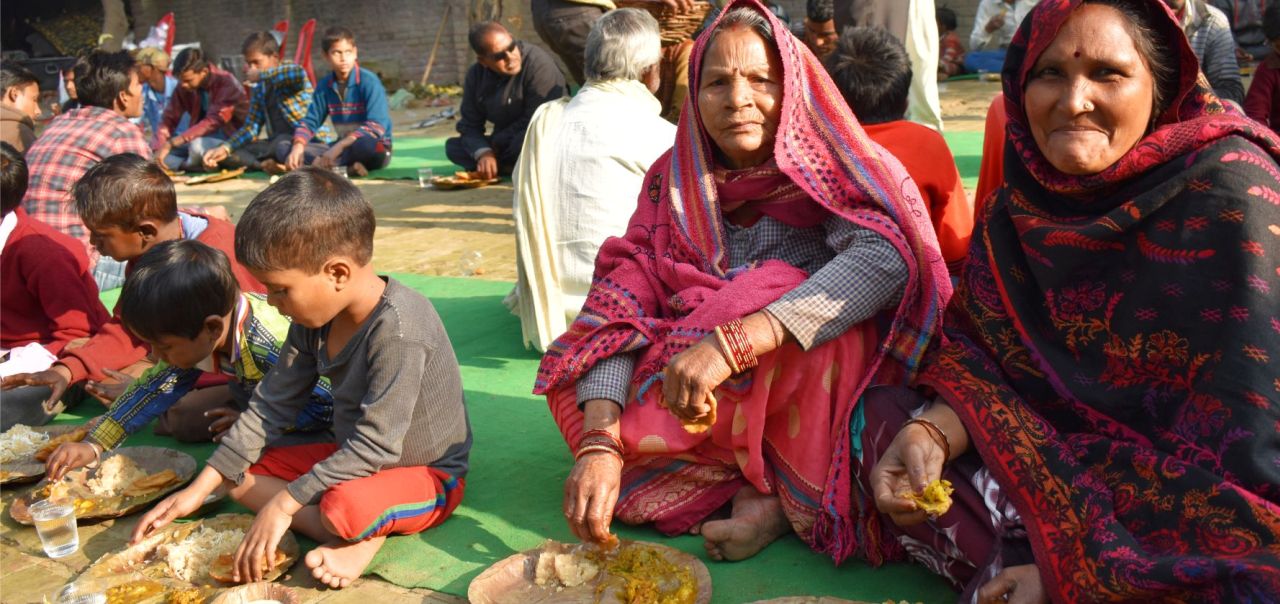Phone
0581-2560560

India, with a population of over 1.3 billion, has seen tremendous growth in the past two decades. Gross Domestic Product has increased 4.5 times and per capita consumption has increased 3 times. Similarly, food grain production has increased almost 2 times. However, despite phenomenal industrial and economic growth and while India produces sufficient food to feed its population, it is unable to provide access to food to a large number of people, especially women and children.
According to FAO estimates in the ‘The State of Food Security and Nutrition in the World, 2020 report, 189.2 million people are undernourished in India. By this measure, 14% of the population is undernourished in India. Also, 51.4% of women of reproductive age between 15 to 49 years are anemic. Further according to the report 34.7% of the children aged under five in India are stunted (too short for their age), while 20% suffer from wasting, meaning their weight is too low for their height. Malnourished children have a higher risk of death from common childhood illnesses such as diarrhea, pneumonia, and malaria. The Global Hunger Index 2019 ranks India at 102 out of 117 countries on the basis of three leading indicators -- the prevalence of wasting and stunting in children under 5 years, under 5 child mortality rate, and the proportion of undernourished in the population.
On the other hand, it is estimated that nearly one-third of the food produced in the world for human consumption every year gets lost or wasted. 40 percent of the fruits and vegetables and 30 percent of cereals that are produced are lost due to inefficient supply chain management and do not reach the consumer markets. While significant levels of food losses occur upstream, at harvest and during post-harvest handling, a lot of food is lost or wasted during the distribution and consumption stages. Some food is also wasted on the shelves and in the warehouses of food businesses either due to excess production, the introduction of new products, labeling errors, or due to shorter remaining shelf life. Such food could be saved by timely withdrawing it from the distribution network, aggregating it, and then redirecting it to the people in need.
Key facts about hunger in India :
India is home to the largest undernourished population in the world
189.2 million people i.e. 14% of our population is undernourished
20% of children under 5 are underweight
34.7% of children under 5 years of age are stunted
51.4% of women in the reproductive age (15-49 years) are anemic.
Causes of Hunger in India :
Poverty
Lack Of Access To Food
Lack Of Safe Drinking Water
Climate Change
Seasonal Migration